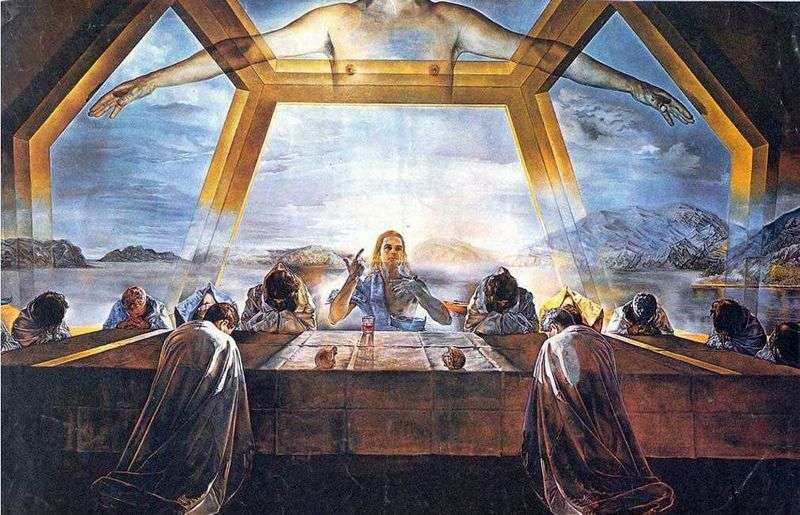
The artist’s fantasies on the themes of the Gospel fill the familiar plot with new content. Only outwardly the picture resembles the fresco of the great Leonardo. The atmosphere of the work is completely different. The author intentionally transfers the action of the painting to modern space.
Above the table is a glass dome, beyond which a lifeless landscape opens: the sea, rocky islands, the multicolored sky. Among those sitting at the stone table, only the central figure of Christ looks alive. The disciples, bowing their heads respectfully, listen to the Teacher. Listening? Or are they sleeping, lulled by the sound of His voice? The viewer himself is compelled to interpret the postures of the apostles. Above the table there is a translucent torso with arms outstretched. On the one hand, he, like the Holy Spirit, unites all participants of the evening, on the other, is a kind of foreshadowing of an early crucifixion.
The perspective of the picture is geometrically accurate. Ideally accurately placed halves of bread. Students at the table are placed according to the laws of ideal central symmetry. The airiness, purity and translucency of the figure of Christ are contrasted with the reality and heaviness of the figures of the disciples. The viewer has the impression that in a moment everything melts in the blue haze: the dome, Christ, the stone table itself.
The whole picture is like a sketch of sensitive, shallow sleep, ready to be interrupted at any moment. What is the meaning of the artist’s work? The answer to this question each viewer formulates in his own way. Someone sees in the picture only a senseless fantasy game, someone finds in the picture a new reading of the Gospel story. As usual in the works of the artist, the author’s position remains “open”, inexplicable, unclear.
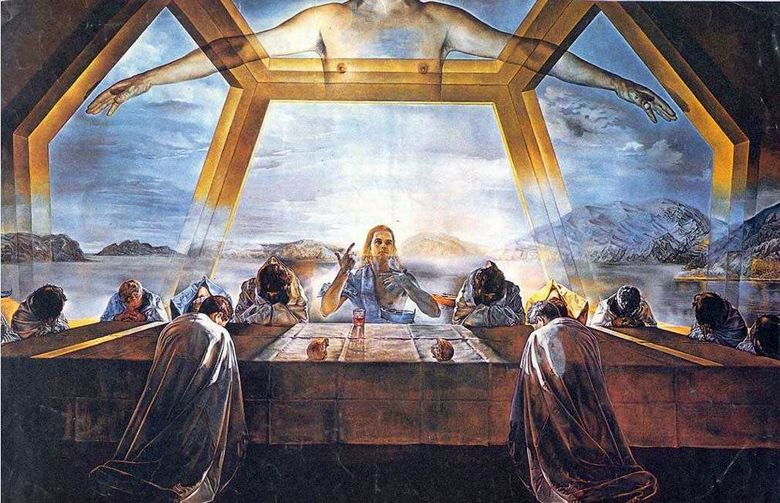 La Dernière Cène – Salvador Dali
La Dernière Cène – Salvador Dali Giraffe in the fire by Salvador Dali
Giraffe in the fire by Salvador Dali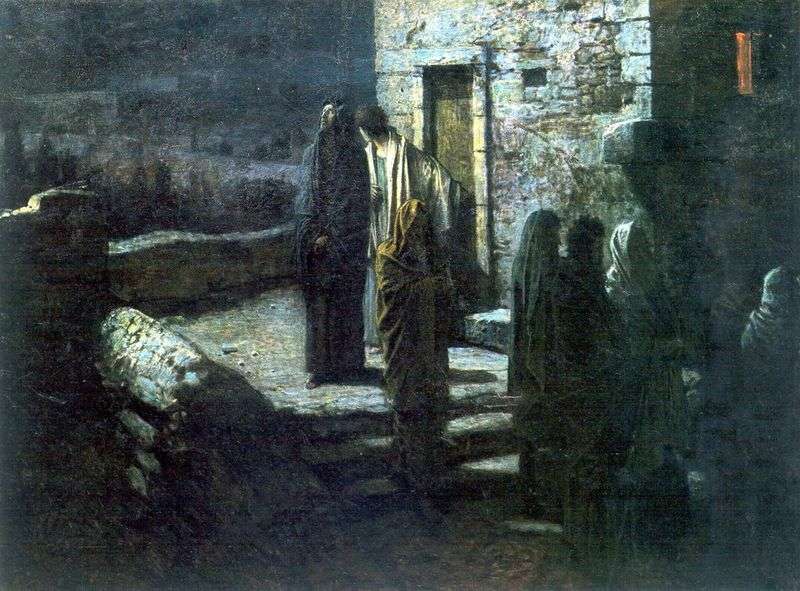 The Exit of Christ with His Disciples from the Last Supper to the Garden of Gethsemane by Nicholas Ge
The Exit of Christ with His Disciples from the Last Supper to the Garden of Gethsemane by Nicholas Ge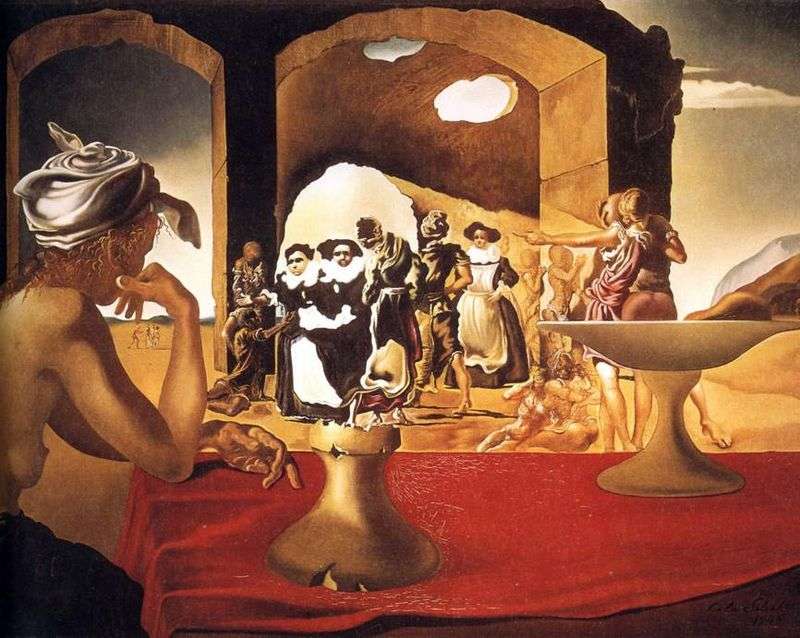 The market of slaves with vanishing bust of Walter by Salvador Dali
The market of slaves with vanishing bust of Walter by Salvador Dali Madame Reese by Salvador Dali
Madame Reese by Salvador Dali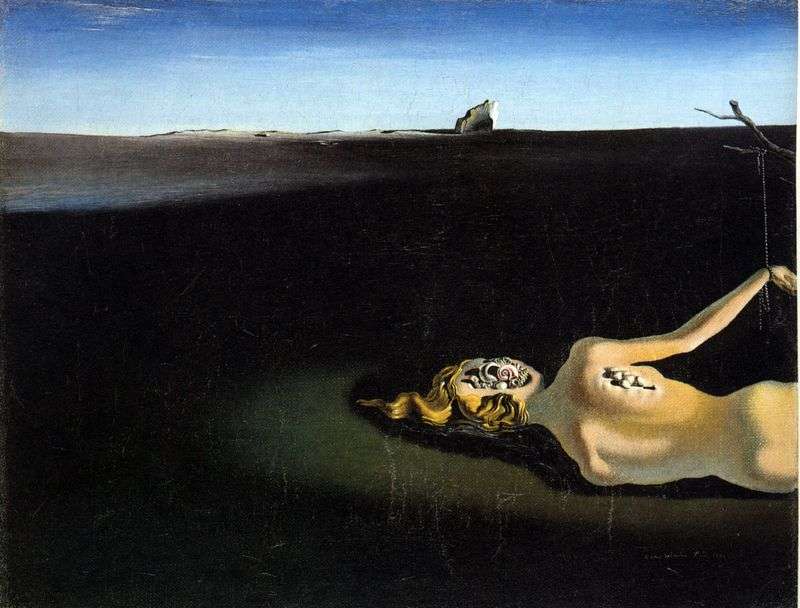 A sleeping woman in the background of a landscape by Salvador Dali
A sleeping woman in the background of a landscape by Salvador Dali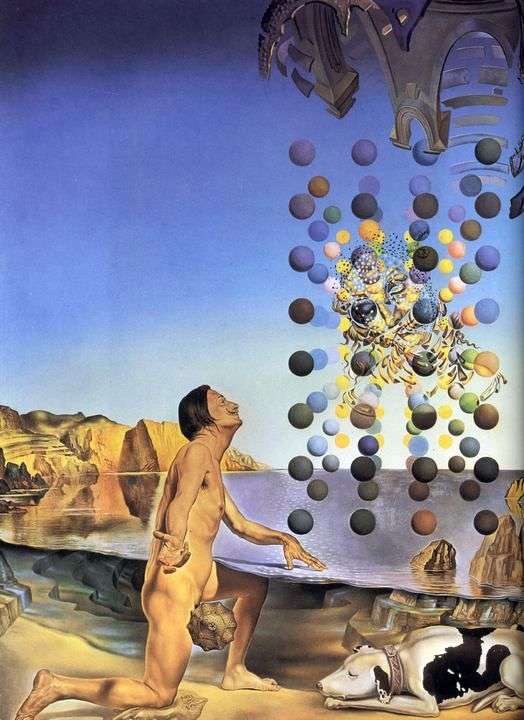 Naked Dali in front of five regular bodies by Salvador Dali
Naked Dali in front of five regular bodies by Salvador Dali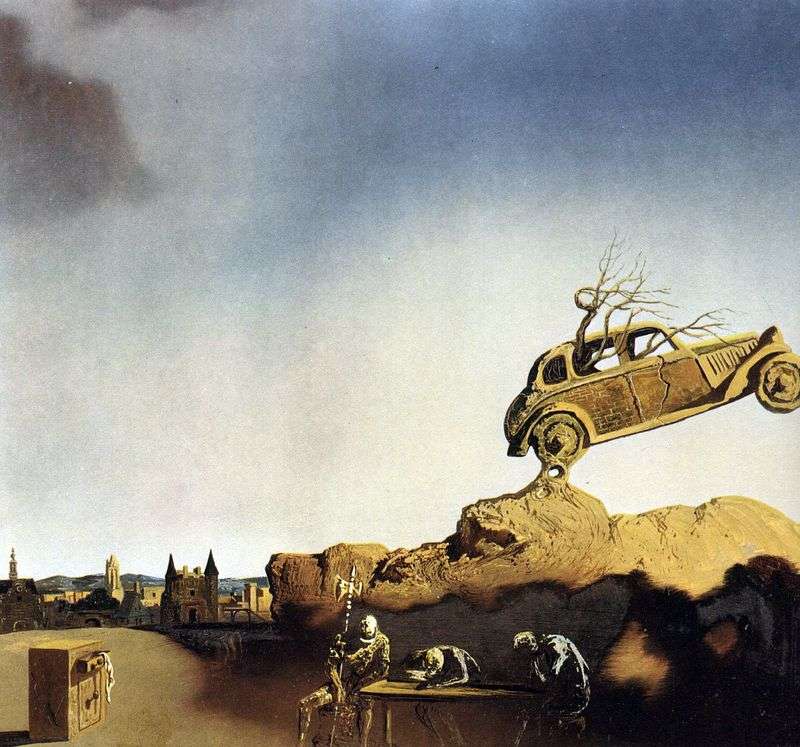 The phenomenon of the city of Delft by Salvador Dali
The phenomenon of the city of Delft by Salvador Dali